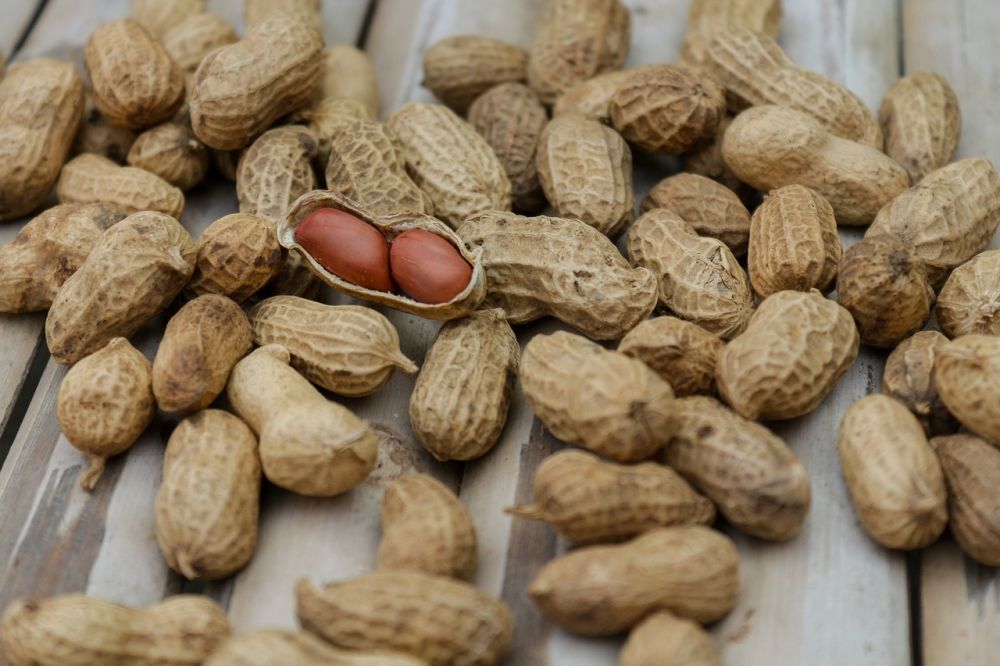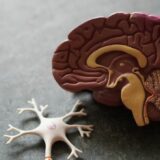Protein Diet: A Comprehensive Guide to the Types, Benefits, and History

Introduction ():
The protein diet is one of the most popular dietary approaches for individuals looking to lose weight, build muscle, or simply improve their overall health and well-being. In this article, we will provide a thorough and in-depth overview of the protein diet, including its different types, popularity, quantitative measurements, variations, and historical perspectives. We will aim to structure the text in a way that increases the chances of it appearing as a prominent snippet in Google search results. So, let’s dive in and explore the world of protein diets.
Overview of Protein Diet:

The protein diet, also known as the high-protein diet, is an eating plan that focuses on consuming foods rich in protein while limiting the intake of carbohydrates and fats. This dietary approach has gained significant attention due to its potential benefits in promoting weight loss, boosting metabolism, satisfying hunger, preserving muscle mass, and improving overall body composition.
Presentation of Protein Diet Types:
There are several types of protein diets, each with its own emphasis and variation. The most common ones include the Atkins diet, ketogenic diet, paleo diet, and the Zone diet. While all these diets revolve around protein-rich foods, they differ in terms of macronutrient ratios, allowed food choices, and potential health outcomes. For example, the Atkins diet is characterized by a high intake of protein and fats and a low intake of carbohydrates, while the ketogenic diet focuses on an extremely low carbohydrate intake, forcing the body into a state of ketosis.
Quantitative Measurements of Protein Diet:
When following a protein diet, it is crucial to determine the appropriate quantity of protein to consume. The recommended daily intake varies based on factors such as age, sex, weight, and physical activity level. Generally, it is advised to consume around 0.8-1.2 grams of protein per kilogram of body weight for the average person. However, athletes and individuals engaged in intense physical activity may require higher protein intakes to support muscle recovery and growth. It is important to consult with a healthcare professional or registered dietitian to determine the optimal protein intake for individual needs.
Discussion on Different Protein Diets:
Despite sharing a common emphasis on protein intake, various protein diets differ in their recommended food choices and macronutrient composition. For instance, the paleo diet encourages the consumption of whole, unprocessed foods while excluding grains and dairy products. On the other hand, the Zone diet suggests a balanced intake of macronutrients, promoting a specific ratio of protein, carbohydrates, and fats to achieve optimal hormonal balance and control inflammation. Understanding these differences is essential for individuals seeking to follow a protein diet that aligns with their preferences and goals.
Historical Perspective of Protein Diets:
Protein-based diets have a long-standing history and have evolved over time. Initially, diets high in protein were primarily adopted for medical purposes, such as treating epilepsy or managing specific health conditions. However, they later gained popularity among fitness enthusiasts and individuals aiming to enhance athletic performance. Over the years, protein diets have faced criticism and underwent modifications to address concerns regarding their potential impact on bone health, kidney function, and nutrient deficiencies. It is important to consider the historical context and scientific evidence when evaluating the benefits and drawbacks of different protein diets.
Conclusion:
In conclusion, the protein diet encompasses various approaches that prioritize protein consumption while limiting carbohydrates and fats. Whether you are looking to shed a few pounds, build lean muscle mass, or improve your overall health, incorporating a protein-rich diet can be a beneficial strategy. However, it is crucial to consult with a healthcare professional or registered dietitian to ensure an appropriate protein intake and to address individual needs and goals. By understanding the different types, quantitative measurements, and historical perspectives of protein diets, individuals can make informed decisions and shape their dietary habits accordingly. Embracing a protein diet can be a step towards achieving a healthier and more balanced lifestyle.

















